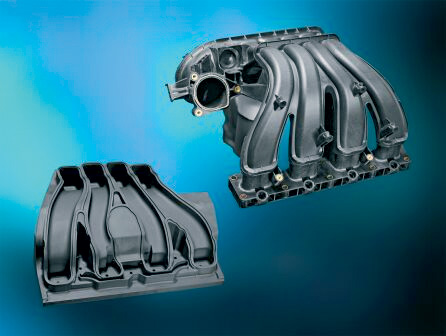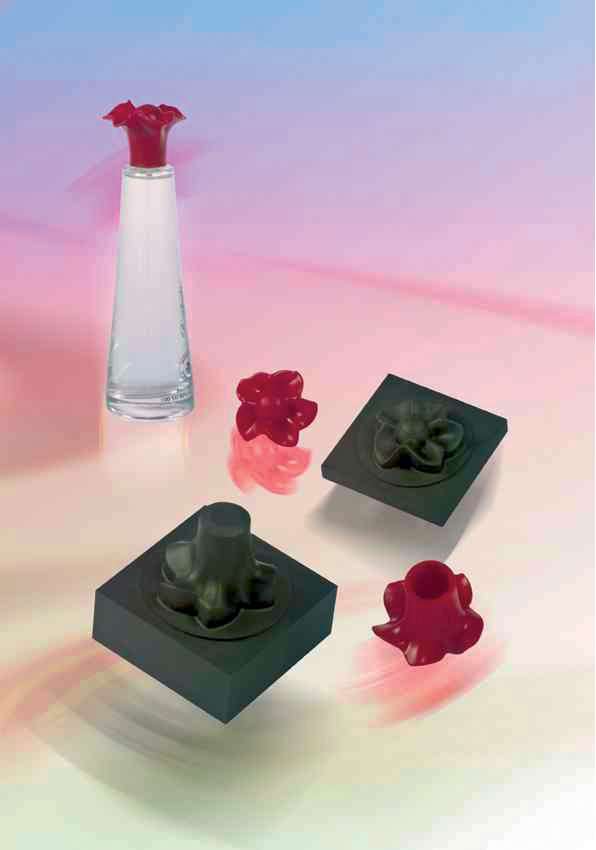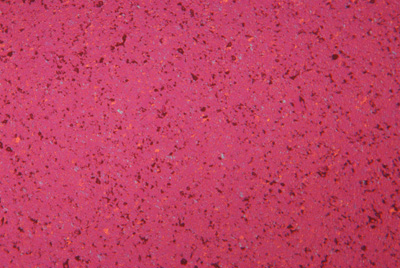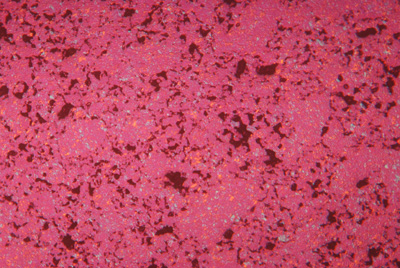DarkStar

An innovative solid and liquid carbon particle designed for the most demanding EDM applications


Understanding the shortcomings of most ultra-fine grain graphite, approximately 10 years ago Mersen (Carbone of America at the time) began a program to develop an ultra-fine grain graphite that not only performed in the EDM process equivalent to anything currently available, but also was readily machinable. Based on years of experience with Ellor+50, Mersen recognized that simply milling existing grades finer was never going to get the results desired. To obtain all of the material characteristics the market demanded, a new process and raw material would have to be developed.
The initial thrust was to investigate what unique raw materials were available worldwide. After several years of search and many trial mixes, the conclusion was reached that in order to find a suitable raw material, it was going to have to be made specially for our requirements. And because initial volumes were very small in comparison to the traditional petroleum coke industry, Mersen would likely have to manufacture this special raw material in-house. Hence, the birth of the DarkStar particle.
Mersen recognized that the new DarkStar raw material would need to be synthesized from a readily available, highly carbonaceous, raw material. Mersen (Le Carbone) had been performing similar processes for some time on a much smaller and less stringent scale. Utilizing various thermal and mechanical processes, engineers refined several potential raw materials until they found the answer to their needs. The result was a raw material which provided outstanding adhesion when processed to the ultra high temperatures required to obtain the quasi-graphitic state of an EDM graphite electrode, while maintaining the single phase characteristics required to facilitate machining. The next problem involved how to best process this DarkStar particle into a graphite billet for sale.
The company quickly recognized that the new DarkStar material could not be processed using traditional graphite manufacturing techniques. To move forward with this project, a pilot plant line was set up and the first billets were put into process. Although there were several set backs that required tweaks to the process and some changes to the DarkStar particle, the engineers quickly recognized they were on to something very unique and were quickly approaching their goals.
It was at this point, after investing more than five years into the project, Mersen recognized it was time to make the final commitment to install the manufacturing plant required to bring our new product to market. Mersen continued to run the pilot facility during the plant construction phase, fine tuning both the process and the material to ensure a rapid start up of the new facility.
The end result of this endeavor was the new DS-4 ultra-fine grain EDM graphite. Nearly 10 years from the time this product was first envisioned, Mersen had an EDM graphite available in production quantities that meets all needs of the discerning, ultra-fine grain EDM market.
ELLOR® DS4 |
ELLOR® +18 |
|||
|
Cross section photos illustrating the difference in grain size between the ultra-fine DarkStar particle (4 microns) ideal for the most demanding EDM applications and the coarser grain Ellor +18 material (13 microns) used for high metal removal. |

|

|
